Can the world overshoot its climate targets — and then fix it later?
Grist
MARCH 30, 2022
Scientists are documenting changes that are “much more widespread” and “much more negative,” she said, than anticipated for the 1.09 degrees Celsius of global warming that has occurred to date. In the broadest sense, overshoot is a future where the world does not cut carbon quickly enough to limit global warming to 1.5


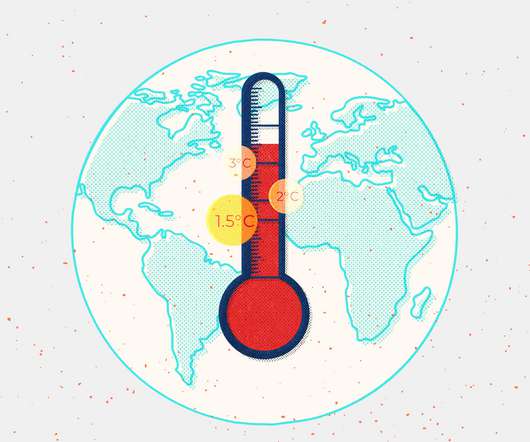

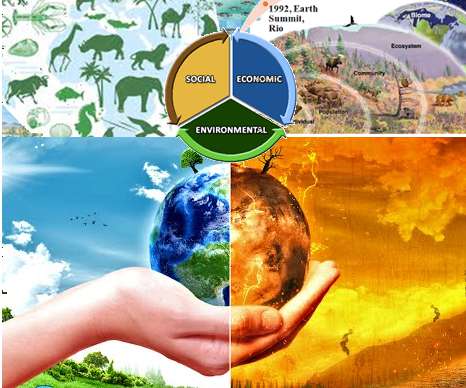
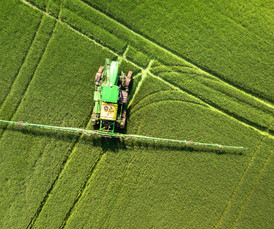
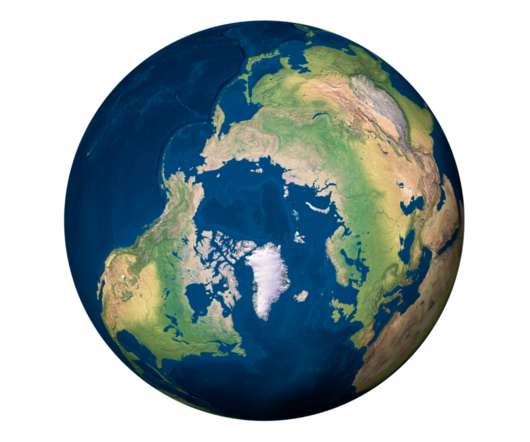
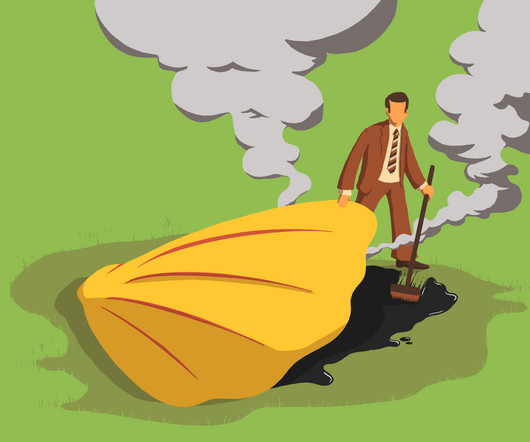








Let's personalize your content